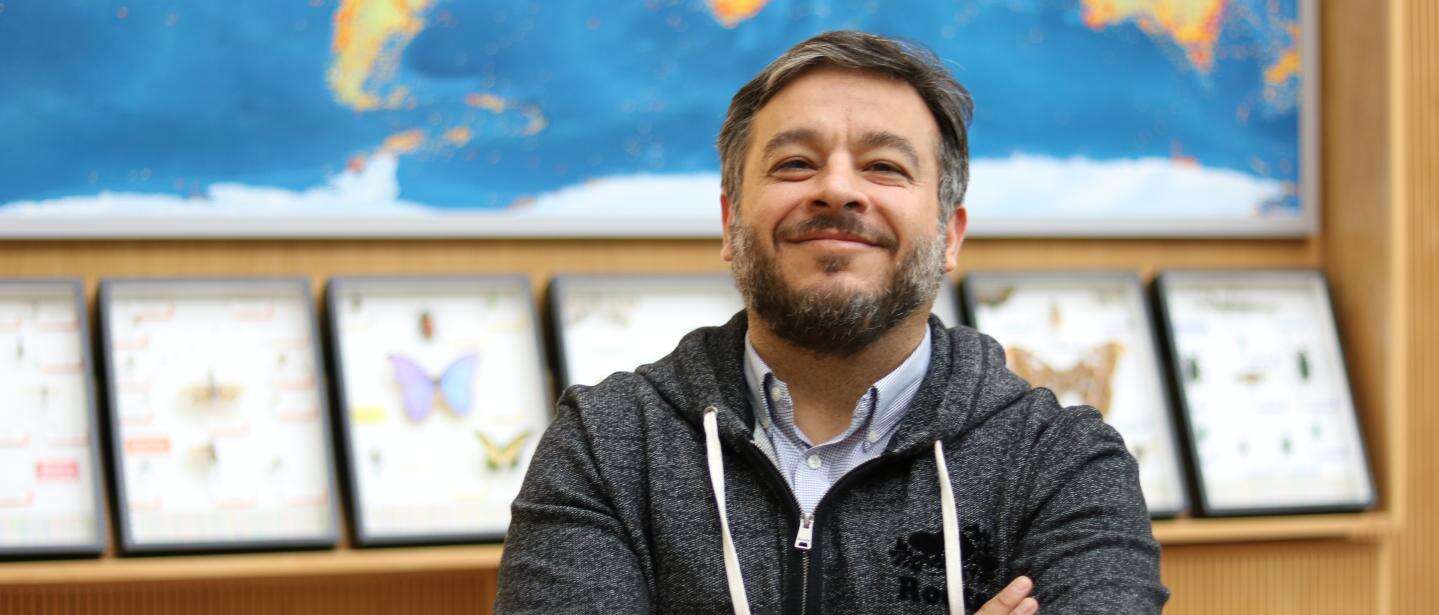Dr. Mehrdad Hajibabaei and Dr. Robert Hanner, professors in the Department of Integrative Biology, spoke to news outlets about recently published research on a new use for environmental DNA.
The new research investigated a way to gather eDNA from the air to monitor land animals such as birds and mammals, including vulnerable species.
Both Hajibabaei and Hanner already use eDNA as a biomonitoring tool for marine and aquatic conservation.
Hajibabaei, a researcher at the Centre for Biodiversity Genomics, spoke to CBC News about the new study, calling it an “important step” that has the potential for monitoring large land-based species.

Hajibabaei manages an eDNA biomonitoring program called STREAM (Sequencing the Rivers for Environmental Assessment and Monitoring) that uses metabarcoding of key bottom-living organisms to monitor the health of rivers in little-researched areas of Canada.
Hanner, who is principal of U of G’s Hanner Lab and helped shape the field of eDNA research, spoke to The Scientist about the research.
He said while the findings serve as valuable proof-of-concept papers, “there are so many caveats,” he said. The researchers’ success “warrants a bit of cautious optimism rather than irrational exuberance,” he said.
Hanner and his team specialize in using genetic methods to identify species and have spent more than a decade studying seafood fraud.
